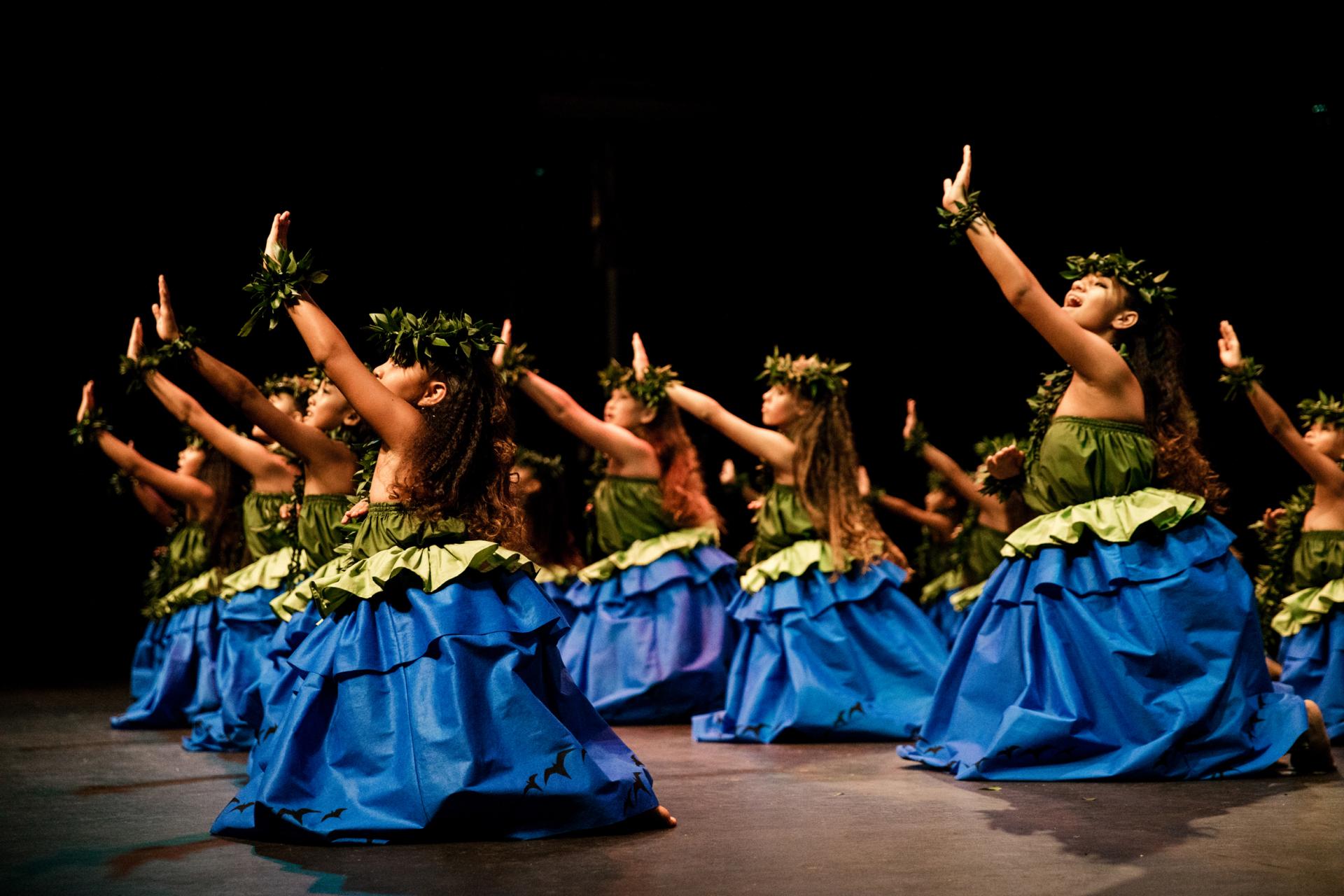Aloha, fellow culture enthusiasts! Today, let’s embark on a vibrant journey to the beautiful islands of Hawaii, where the sun kisses the ocean, palm trees sway to the rhythm of the breeze, and the enchanting art of hula dance tells stories as old as time. If you’ve ever found yourself mesmerized by the fluid movements and colorful attire of hula dancers, you might be curious about its origins. So, grab a tropical drink (maybe some coconut water or a piña colada) as we explore the rich history of hula dance and celebrate the culture that gave birth to it!
>>>Buy now: Cute Dancing Panda Hula Hoop T-Shirt
A Brief Overview of Hula
Before we delve into the origins, it’s essential to understand what hula is all about. Hula is not just a dance; it’s a form of storytelling that transcends generations. The movements, the chants (or mele), and the music all come together to express emotions, narrate tales from history, and celebrate life. Traditionally, hula was performed during significant events such as weddings, graduations, and religious ceremonies. But here’s the fun twist – hula can be both a solo performance or a group activity, easy to spot with those synchronized movements and vibrant expressions.
The Ancestors and the Roots of Hula
Historians suggest that hula may date back to around 1,500 years ago when Polynesians first settled in Hawaii. These early inhabitants brought with them their customs, traditions, and dances, which eventually evolved into the hula we know today. It’s believed that the earliest hula was often accompanied by chant or recitation instead of music—a way to connect deeply with the spiritual world.
Hula was traditionally taught through oral traditions, passed down from one generation to the next. Can you imagine the atmosphere in which these teachings occurred? Picture a warm, starry night with the sound of waves crashing on the shore, an elder gently guiding eager learners, their eyes sparkling with excitement and reverence. This sacred practice created a lasting bond between the teacher and students, knitting together a sense of community and continuity.
The Spiritual Connection
At its core, hula has strong spiritual ties. The ancient Hawaiians believed that dance connected the physical world to the divine. The movements were often a form of prayer, an embodiment of offering thanks to the gods and nature alike. The dancers honored the ‘aina (land), each gesture reflecting the beauty and rhythms of Hawaii’s environment. For instance, some movements mimicked the sway of trees or the flow of water, creating a serene dialogue with the surrounding landscape.
Interestingly, hula was also a form of worship and communication with deities. The hula kahiko (the ancient form of hula) was performed in sacred spaces called heiau, where dancers would pay homage to gods like Pele, the goddess of fire, and Laka, the goddess of hula. Can you imagine the electric atmosphere, the dancers embodying both reverence and passion? It’s hard not to feel the depth of the connection they had to their beliefs and surroundings.
Evolution Through Colonization
The history of hula isn’t without its challenges. In the 19th century, missionary influences began to change the cultural landscape of Hawaii. As Western ideologies permeated Hawaiian society, many viewed hula as lewd, stifling the traditional dance and driving it underground. However, just like a resilient wave that crashes back onto the shore, hula adapted and evolved during this time.
In the late 1800s, Queen Liliʻuokalani, the last reigning monarch of Hawaii, played a crucial role in revitalizing hula. Encouraging pride in Hawaiian culture, she fostered an environment where hula could flourish again. Eventually, hula transitioned into a more public setting, evolving the dance’s styles and introducing instruments like the ‘ukulele and guitar, which infused modern elements into this ancient practice.
The Dance of Two Styles
Today, hula is celebrated in two primary forms: hula kahiko (the ancient style) and hula ‘auana (the modern style). Hula kahiko remains true to its ancient roots, often performed to traditional chants and accompanied by instruments like the ipu (gourd drum) and pahu (sharkskin drum). This form maintains the spiritual essence and storytelling elements that have been characteristic of hula since its inception.
On the other hand, hula ‘auana offers a modern twist, integrating contemporary music and fashion. Picture this: a sunny beach setting, dancers in beautiful flowing garments, gracefully gliding to the tune of modern Hawaiian music or even pop songs. The beauty of hula ‘auana lies in its adaptability, reflecting the evolving culture of Hawaii while keeping its core teachings intact.
The Role of Hula Today
Fast forward to today, and hula has made quite a splash worldwide! From hula competitions to classes popping up in dance studios around the globe, it’s clear the love for hula is alive and well. Many people, regardless of their background, are eager to learn this timeless dance form, drawn not just to its grace but also to the rich stories it tells. It’s become a way of preserving Hawaiian culture and sharing it with the world while fostering a sense of respect and appreciation for its origins.
In Hawaii, hula is taught in schools, community centers, and luaus, offering both residents and visitors the chance to engage with this vibrant aspect of Hawaiian culture. Festivals like the Merrie Monarch Festival, held annually in Hilo, showcase an impressive array of hula performances, eliciting national pride and uniting communities.
>>>Read more: How Hawaiian Shirts Became an Iconic Fashion Trend
Conclusion
So, there you have it! The enchanting history of hula dance, a journey rich in spirituality, storytelling, and resilience. From its origins in ancient Polynesian customs to its modern expressions today, hula radiates with the spirit of the Hawaiian people. As you sway alongside a dancer or witness a performance, remember the intricate tapestry of history and culture that each movement embodies. Whether you’re amidst the lush landscapes of Hawaii or enjoying a lively hula show hundreds of miles away, know that you’re connected to a tradition that embodies the beauty and heart of the islands.
Mahalo for joining me on this exploration! Now, let’s grab our ‘ukulele, learn a few hula moves, and keep this vibrant tradition alive in our hearts!






